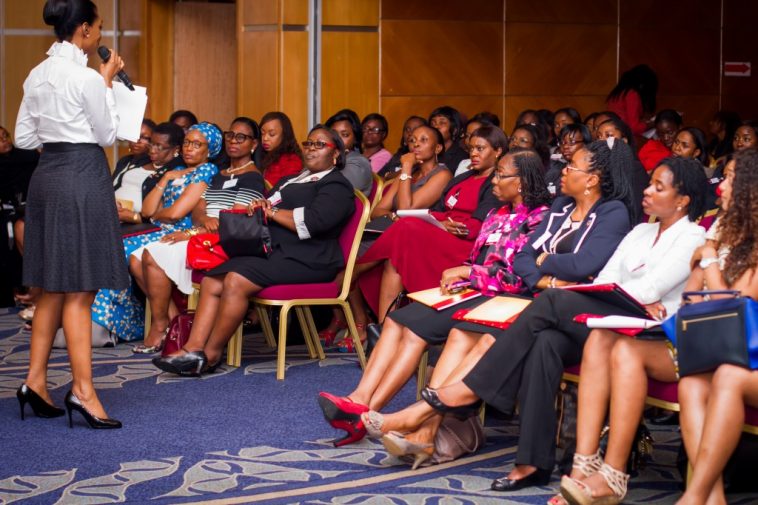Today is the International Women’s Day, a day to celebrate women around the world, and commemorate the struggle for women’s rights.
For those who do not know, see 5 facts about the International Women’s Day:
-
Background
From women’s suffrage to equal parenting and representation in politics, International Women’s Day (IWD) has celebrated the social, cultural, economic and political achievements of women for more than 100 years. The day is observed on 8 March and is about celebration, reflection, advocacy and action, both locally and at a global level.
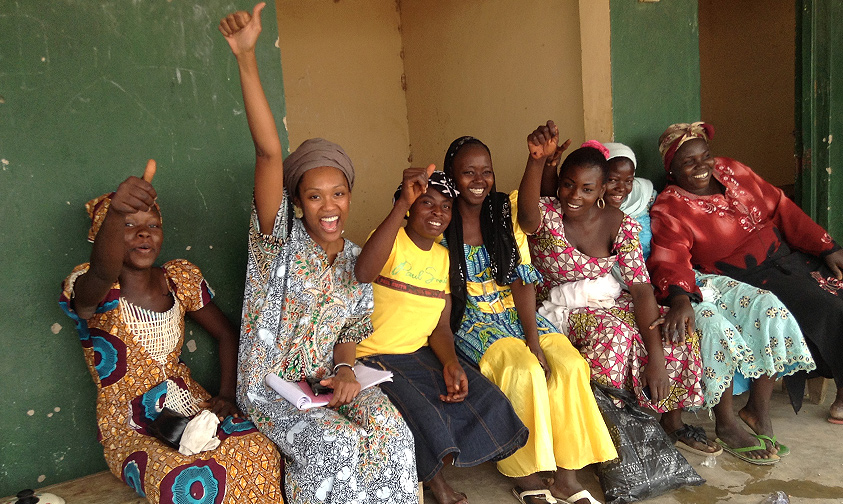
According to the UN, IWD is “a day when women are recognised for their achievements without regard to divisions, whether national, ethnic, linguistic, cultural, economic or political. It is an occasion for looking back on past struggles and accomplishments, and more importantly, for looking ahead to the untapped potential and opportunities that await future generations of women.”
-
The Beginning
Originally called International Working Women’s Day, it was first celebrated on February 28, 1909, in New York in remembrance of a 1908 strike of the International Ladies’ Garment Workers’ Union when 15,000 workers, including many immigrants, marched through the city’s lower east side to demand social and political rights.
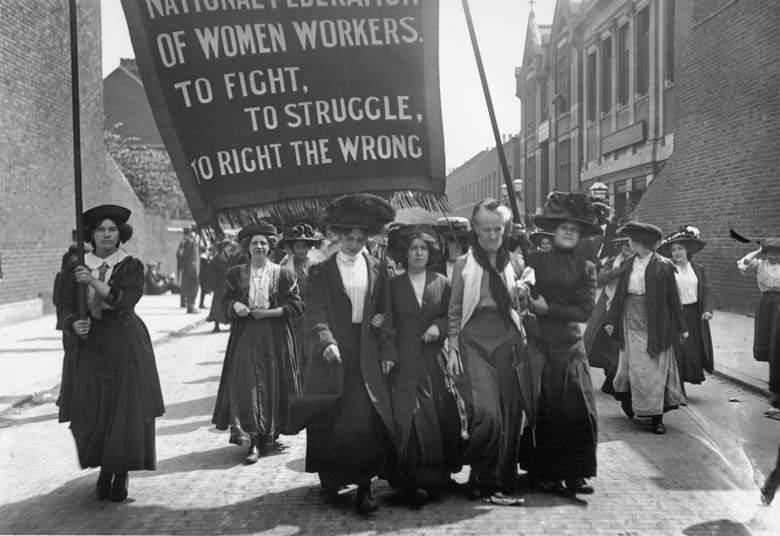
On 19 March 1911, IWD was observed by over a million people in Denmark, Germany, Austria and Switzerland for the first time. Women demanded suffrage and the right to hold public office, and protested against employment discrimination.
-
Modern Edition
The first modern International Women’s Day was held on Sunday the 8th of March 1914. British suffragette leader Sylvia Pankhurst was arrested in front of Charing Cross station on her way to speak in Trafalgar Square in London, amid a march from Bow in support of the right to vote. Three years later, IWD demonstrations in Saint Petersburg initiated the February Revolution.
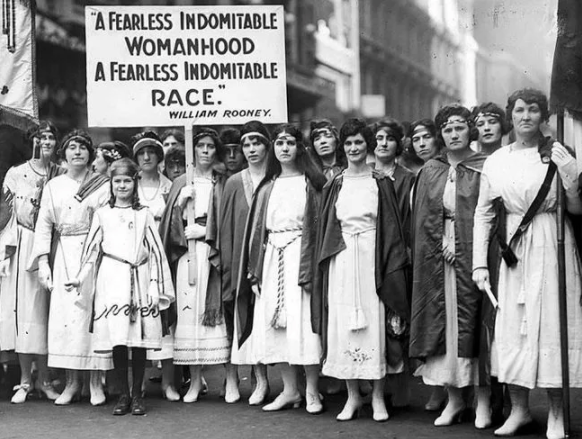
Interestingly, March 8 was chosen because it was a Sunday – a work-free day, that would allow women participate in marches and other events. It has been celebrated on that date ever since.
-
Annual Themes
Since 1996, the UN has assigned a theme to every IWD. Last year’s theme was “Pledge For Parity”, while this year’s theme is “Be bold for change”.
-
Holidays
The day is now an official holiday in several countries including Afghanistan, Cambodia, Mongolia, Vietnam and Zambia and for women only in countries including China, Madagascar and Nepal.
-
Why do we still need IWD?
The world has witnessed significant improvements regarding the rights of women and girls, equality and emancipation, with more women in the boardroom, increased visibility, greater equality in legislative rights and more. Despite this, inequalities in poverty, healthcare, education and violence mean discrimination against women is still engrained in cultures around the world.
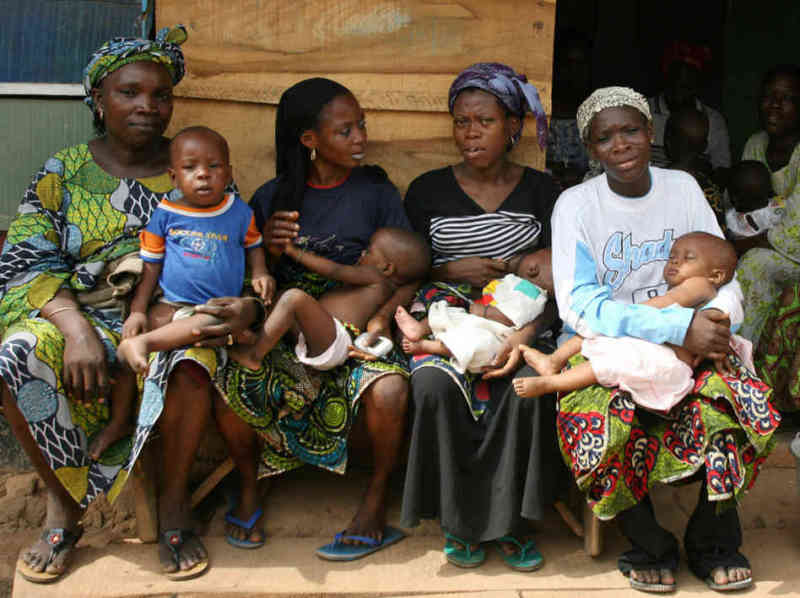
One in three women experience violence, and every ten minutes an adolescent girl dies as a result of violence. Out of an estimated 35 million people living with HIV, over two million are 10 to 19 years old and 56% of them are girls. Globally, around one third of women aged 20 to 24 were child brides. With these statistics in mind, it is clear there is more to be done to achieve equality.



